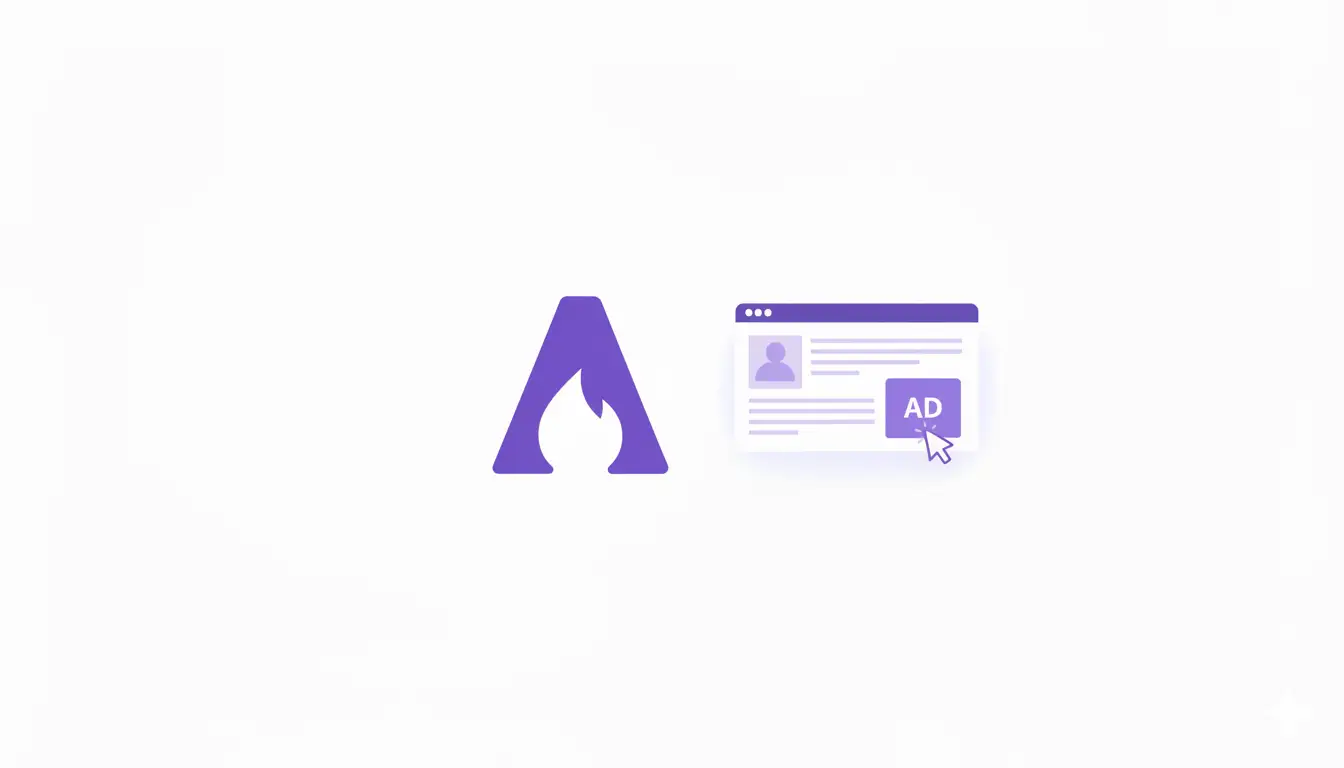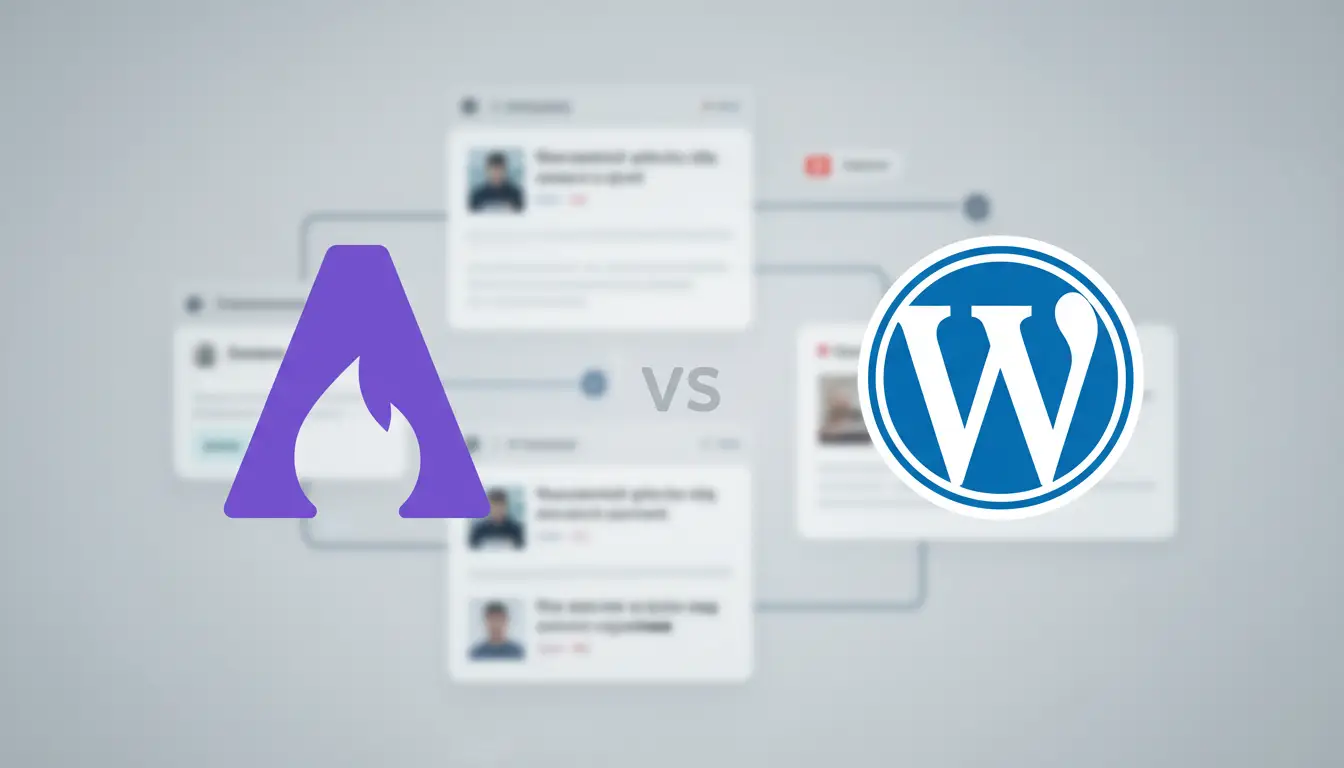
Creating engaging blog content isn’t just about writing great text—it’s about adding interactive elements that keep readers engaged. With AstroPress, you get powerful content blocks built right in. No plugins, no complexity.
In this guide, I’ll show you how to use AstroPress’s FAQ blocks, YouTube embeds, and other content components to create professional, interactive articles.
Why Content Blocks Matter
Before we dive into the technical details, let’s talk about why these blocks are game-changers:
- Better engagement - Interactive elements keep readers on your page longer
- Improved SEO - Structured FAQs and video embeds boost rankings
- Professional appearance - Consistent, polished look across all articles
- Time savings - Reusable components mean you write once, use everywhere
FAQ Block: Interactive Question & Answer Sections
FAQ blocks are perfect for answering common questions while improving your SEO. Google loves structured FAQ data and often displays it directly in search results.
Basic FAQ Example
Here’s a simple FAQ section about AstroPress:
AstroPress Frequently Asked Questions
How to create this FAQ block:
<FAQBlock
title="Your FAQ Title"
questions={[
{
question: "First question?",
answer: "First answer here."
},
{
question: "Second question?",
answer: "Second answer here."
}
]}
/>
Advanced FAQ Example: Blogging Tips
FAQs work great for any niche. Here’s an example for blogging advice:
Blogging Success FAQ
The code:
<FAQBlock
title="Blogging Success FAQ"
questions={[
{
question: "How long does it take to start making money from blogging?",
answer: "Most bloggers start seeing their first earnings between 6-12 months..."
}
]}
/>
YouTube Block: Embed Videos Seamlessly
Video content is crucial for engagement and SEO. AstroPress makes embedding YouTube videos effortless with automatic lazy loading and schema markup.
YouTube Embed Example
Let me show you how to embed a YouTube video. Here’s a great tutorial about building with Astro:
How to embed a YouTube video:
<YouTube id="dsTXcSeAZq8" title="Video Title" />
You can use any of these formats:
- Full URL:
https://www.youtube.com/watch?v=VIDEO_ID - Short URL:
https://youtu.be/VIDEO_ID - Just the ID:
VIDEO_ID
Why AstroPress YouTube Embeds Are Better
When you use the YouTube component in AstroPress, you get:
✅ Automatic lazy loading - Videos only load when scrolled into view ✅ SEO schema markup - Google understands your video content ✅ Responsive design - Perfect on mobile, tablet, and desktop ✅ Fast performance - No impact on initial page load
Another YouTube Example
Here’s another video showing more advanced Astro features:
Notice how clean and professional these embeds look? That’s all handled automatically by AstroPress.
Combining Blocks for Maximum Impact
The real power comes from combining different blocks in your articles. Here’s a real-world example:
Example Article Structure:
- Introduction (regular text)
- YouTube tutorial (YouTube block)
- Product recommendation (ProductBlock)
- Comparison table (ComparisonBlock)
- FAQ section (FAQBlock)
- Call to action (regular text)
This structure keeps readers engaged, answers their questions, and naturally guides them toward your affiliate offers.
FAQ Block Best Practices
Here are some tips for creating effective FAQ sections:
1. Answer Real Questions
Don’t make up questions nobody asks. Use:
- Google’s “People Also Ask” section
- Your blog comments and emails
- Reddit and Quora discussions
- Keyword research tools
2. Be Concise But Complete
Each answer should be 2-4 sentences. Long enough to be helpful, short enough to stay focused.
3. Use Natural Language
Write how people actually talk. If someone would ask “How long does this take?” don’t rephrase it as “What is the time duration?“
4. Include Keywords
FAQ schema helps with SEO. Include relevant keywords naturally in both questions and answers.
5. Keep It Organized
Group related questions together. Order them from most common to more specific.
When to Use Each Block
Here’s a quick reference guide:
Use FAQBlock when:
- Answering common questions
- Improving SEO with structured data
- Reducing support inquiries
- Building trust with thorough answers
Use YouTube when:
- Demonstrating a process
- Adding visual variety to text-heavy content
- Featuring expert interviews
- Sharing relevant tutorials
Use ProductBlock when:
- Recommending specific products
- Writing detailed reviews
- Creating buying guides
Use ComparisonBlock when:
- Comparing 2-4 similar products
- Helping readers choose between options
- Showing price differences
Real-World Example: My Article Workflow
When I write a review article, here’s my structure:
- Introduction - Set the stage
- YouTube demo - Show the product in action
- Main content - Detailed review
- Product showcase - ProductBlock with affiliate link
- Comparison - ComparisonBlock with alternatives
- FAQ - Answer common concerns
- Conclusion - Call to action
This formula consistently drives engagement and conversions.
Pro Tips for Content Blocks
Tip 1: Test Everything
Always preview your articles before publishing. Make sure:
- YouTube videos load correctly
- FAQ accordions expand/collapse
- Product links work
- Everything looks good on mobile
Tip 2: Don’t Overuse Blocks
Just because you can add blocks doesn’t mean you should fill every article with them. Use blocks strategically where they add value.
Tip 3: Update Regularly
FAQ answers can become outdated. Product prices change. Review your popular articles quarterly and update the content blocks.
Tip 4: Monitor Performance
Track which articles with FAQs and videos perform best. Use Google Search Console to see if your FAQ schema is showing up in rich results.
Start Using Content Blocks Today
Content blocks transform ordinary blog posts into engaging, interactive experiences. They help your readers, improve your SEO, and make your blog look more professional.
With AstroPress, these blocks are:
- Built-in (no plugins)
- Easy to use (copy and paste)
- SEO optimized (structured data included)
- Mobile responsive (works everywhere)
- Lightning fast (no performance hit)
Ready to level up your content? Pick one article and add an FAQ block or YouTube embed today. You’ll immediately see the difference in engagement.


